Book now
So much to see and so little time! Spend the night in Mechelen or take a guided tour..
15 museums to visit while in Bruges
Bruges, a charming city in Belgium known for its picturesque canals and medieval architecture, is also home to an array of impressive museums. From art and history to chocolate and beer. In this article, we will take a closer look at some of the must-visit museums in Bruges that offer a glimpse into the city’s rich cultural heritage and diverse interests.
Short of time to read the whole article? Go directly to your favorite topic via the table of contents.
1 Groeningemuseum
This museum is home to an impressive collection of Flemish and Belgian art from the 14th to the 20th century, including works by Jan van Eyck, Hieronymus Bosch, and Pieter Bruegel the Elder.
The museum is located in the heart of Bruges and houses an extensive collection of Flemish and Belgian art from the 14th to the 20th centuries. The collection includes works by famous artists such as Jan van Eyck, Hieronymus Bosch, Pieter Bruegel the Elder, and Hans Memling, among others.
In addition to the permanent collection, the Groeningemuseum also hosts temporary exhibitions that explore various themes and artists. The museum’s collection and exhibitions provide a fascinating glimpse into the rich artistic heritage of Flanders and Belgium, making it a must-visit destination for art lovers and history enthusiasts alike.
Location: Dijver 12
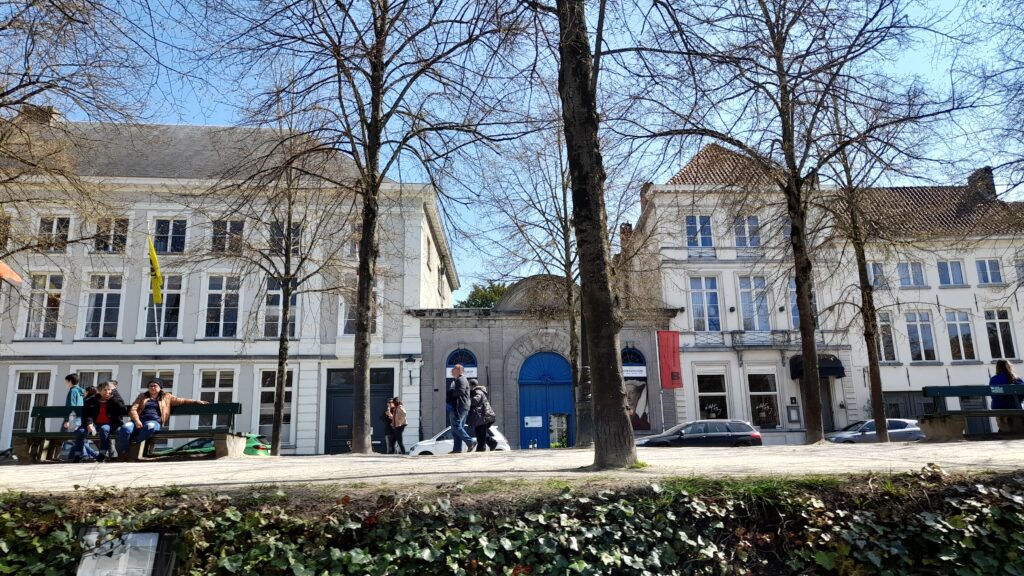
2 Memling Museum St-John’s Hospital
The Memling Museum is a cultural attraction located in Bruges. It is housed in the medieval St. John’s Hospital, a historic building that once served as a hospital for the poor and the sick in the city.
The museum is dedicated to showcasing the works of the Flemish primitive painter Hans Memling. Memling was a master painter who lived and worked in Bruges in the 15th century, and his works are renowned for their exquisite detail, vivid color, and emotional depth.
The Memling Museum features a collection of Memling’s most important works, including his famous reliquaries, which were used to house the bones and relics of saints. These reliquaries are exquisitely crafted, with intricate gold and silverwork, colorful enamel, and sparkling jewels.
In addition to Memling’s works, the museum also features a collection of medieval art and artifacts, including sculptures, tapestries, and other decorative objects. Visitors can explore the museum’s galleries and learn about the history and culture of medieval Bruges, as well as the life and artistic legacy of Hans Memling.
Location: Mariastraat
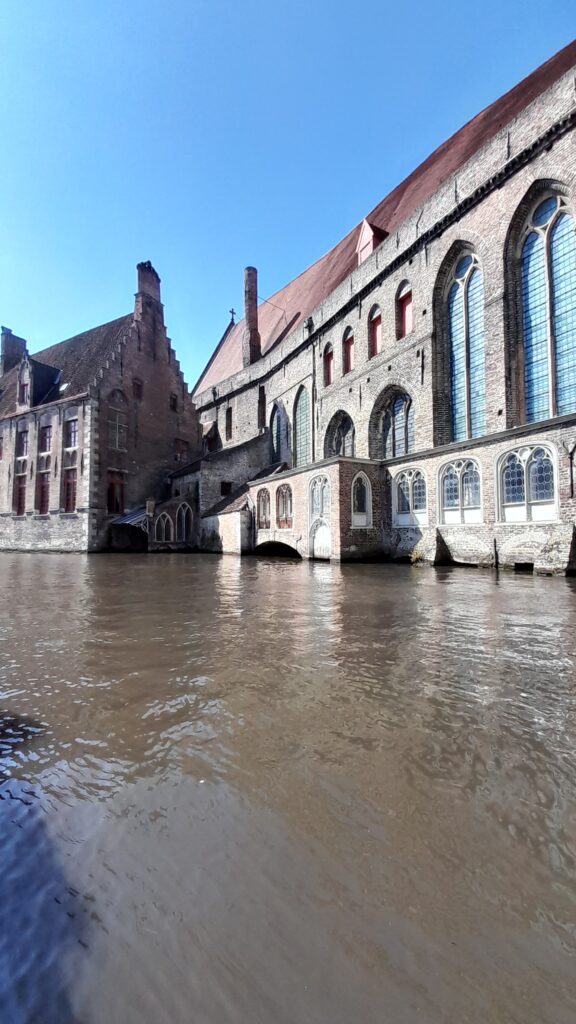

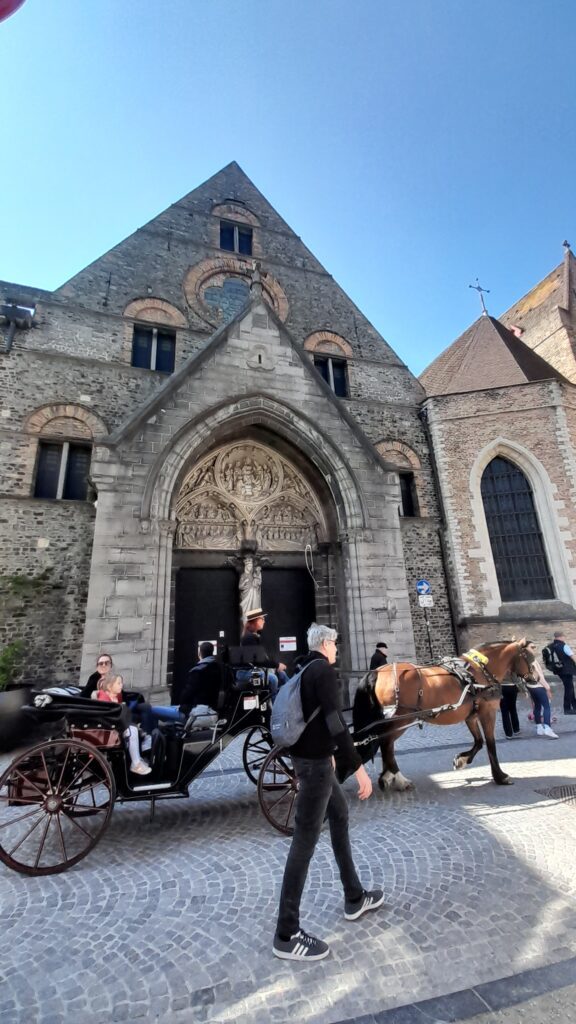

3 Apotheek sint-janshospitaal (pharmacy saint john’s hospital)
The Apotheek Sint-Janshospitaal, or Pharmacy Saint John’s Hospital, is a unique museum located in the historic St. John’s Hospital in Bruges. The hospital dates back to the 12th century and was a place of refuge for the poor and sick.
The museum showcases a fascinating collection of medical equipment, instruments, and pharmaceutical products dating back to the 18th century. The collection includes antique apothecary jars, mortars, and pestles, as well as medical instruments used in surgery and other medical procedures.
Visitors to the Apotheek Sint-Janshospitaal can explore the museum’s galleries and learn about the history of medicine and pharmacy in Bruges and Flanders. The museum also provides a glimpse into the daily life of the hospital’s doctors, nurses, and patients, offering a unique perspective on the history of healthcare in the region.
Overall, the Apotheek Sint-Janshospitaal is a must-visit destination for anyone interested in the history of medicine and pharmacy, as well as the rich cultural heritage of Bruges and Flanders.
Location: Mariastraat 38
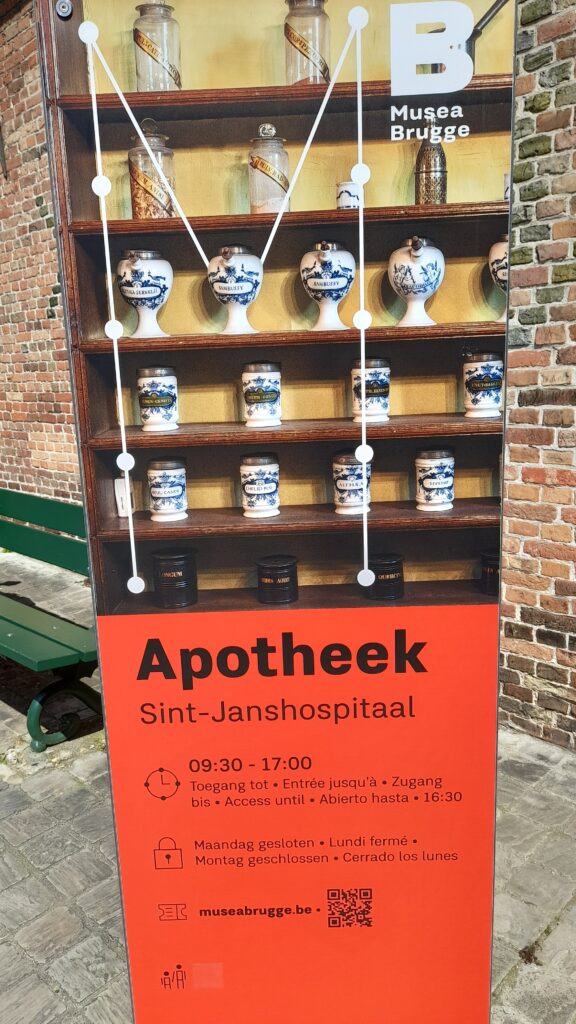

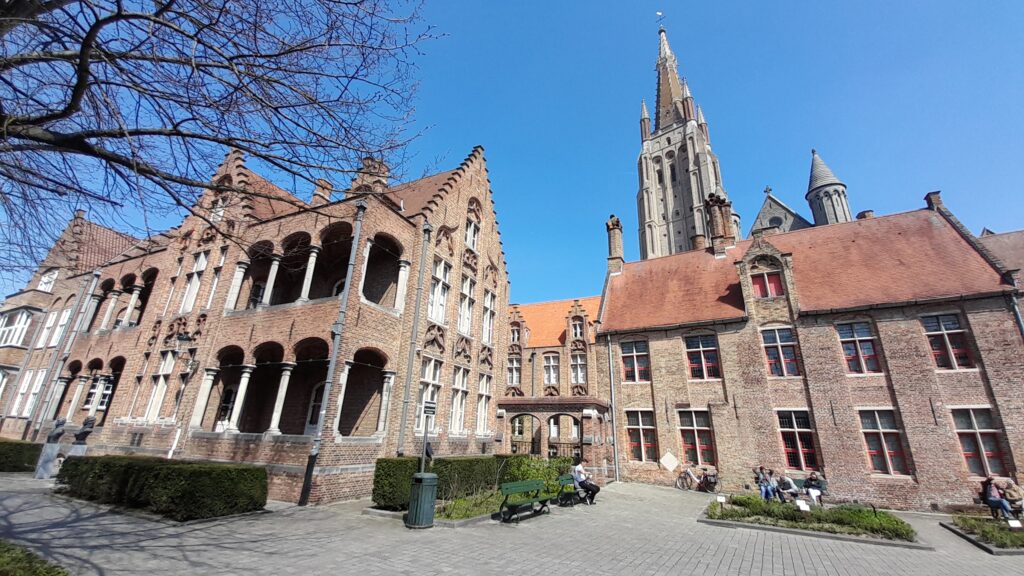

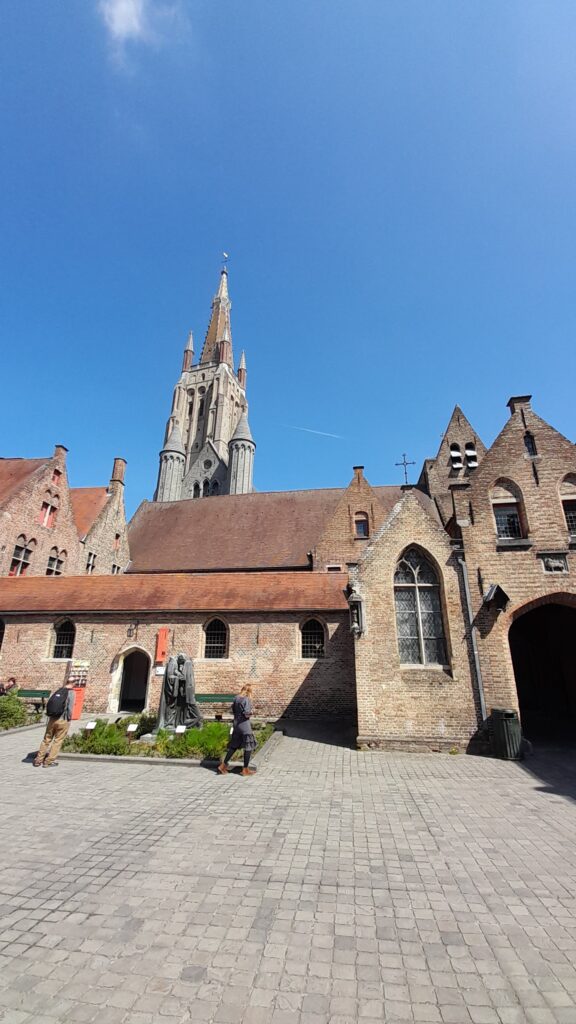

4 Historium Bruges
Historium Bruges is a historical and cultural attraction located in the heart of Bruges. It is a multimedia experience that allows visitors to step back in time and experience the city’s medieval history and culture.
The experience begins with a guided tour through a recreated medieval building, which introduces visitors to the sights, sounds, and smells of medieval Bruges. From there, visitors can explore a series of interactive exhibits, including virtual reality displays, 4D cinema, and hands-on activities that bring the city’s history to life.
One of the highlights of the Historium is the “Historium Story,” a short film that immerses visitors in the world of a young man named Jacob, who arrives in Bruges in the 15th century. The film is accompanied by stunning visuals and special effects, making visitors feel as though they are a part of Jacob’s journey.
In addition to the interactive exhibits, the Historium also features a gift shop and a bar that offers traditional Belgian beers and snacks. It is a popular attraction in Bruges, particularly for those interested in history, culture, and technology.
Location: Markt 1
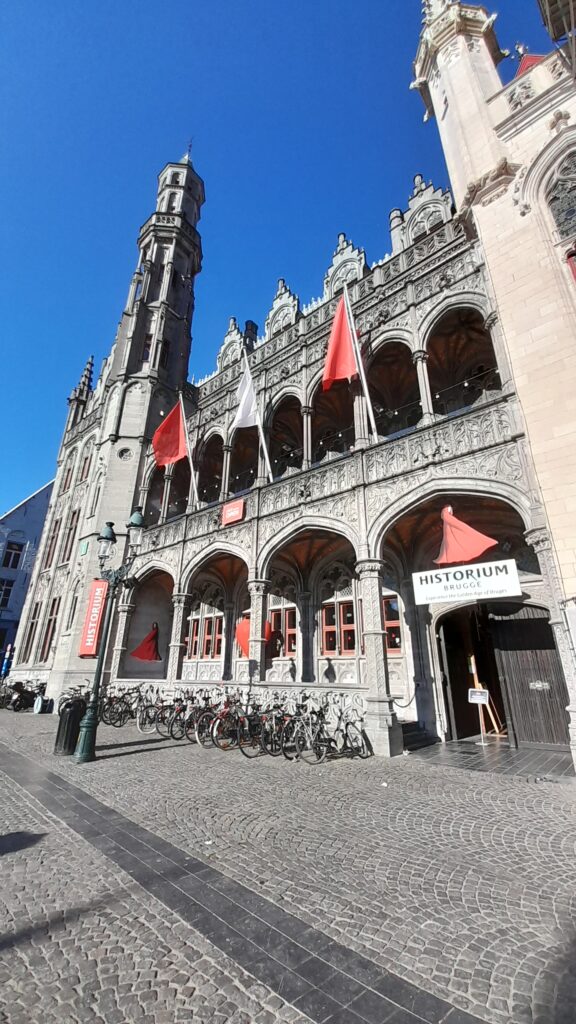

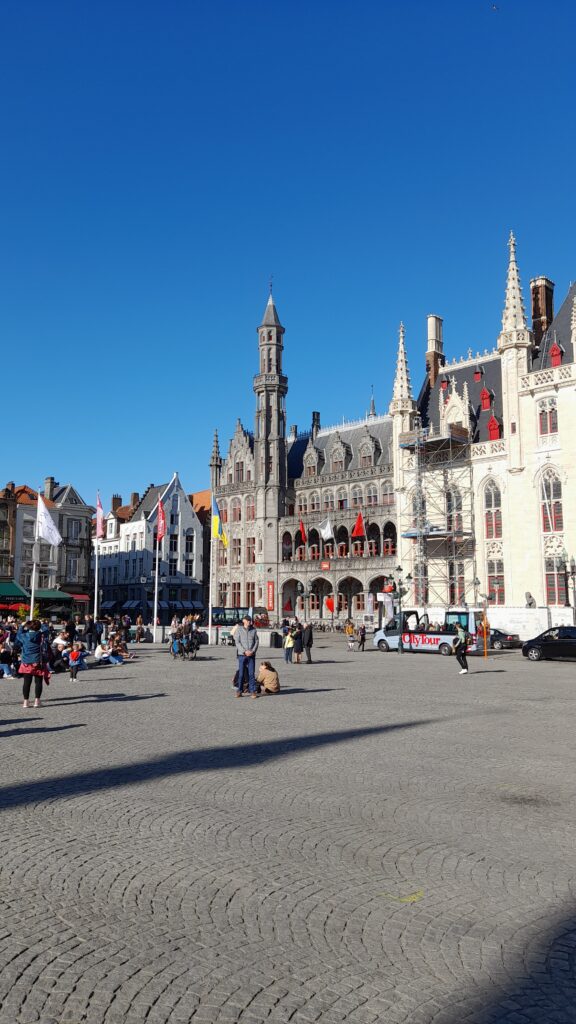

5 Bruges Beer Museum
The Bruges Beer Museum is a popular attraction in the historic city of Bruges. The museum is dedicated to showcasing the rich history and culture of Belgian beer, which is renowned around the world for its unique flavors and brewing techniques.
The museum is located in a 15th-century building and features interactive exhibits that explore the history of beer in Belgium, as well as the brewing process and the various types of beer produced in the country. Visitors can learn about the ingredients and techniques used in brewing, as well as the role of beer in Belgian culture and society.
The Bruges Beer Museum also offers guided tastings, allowing visitors to sample a variety of Belgian beers and learn about their flavors and characteristics. The museum’s bar serves a selection of local beers, and visitors can enjoy a drink while taking in the historic surroundings.
Overall, the Bruges Beer Museum is a must-visit destination for anyone interested in beer or Belgian culture. With its interactive exhibits, tastings, and beautiful setting, it offers a unique and enjoyable experience for visitors of all ages.
Location: Breidelstraat 3
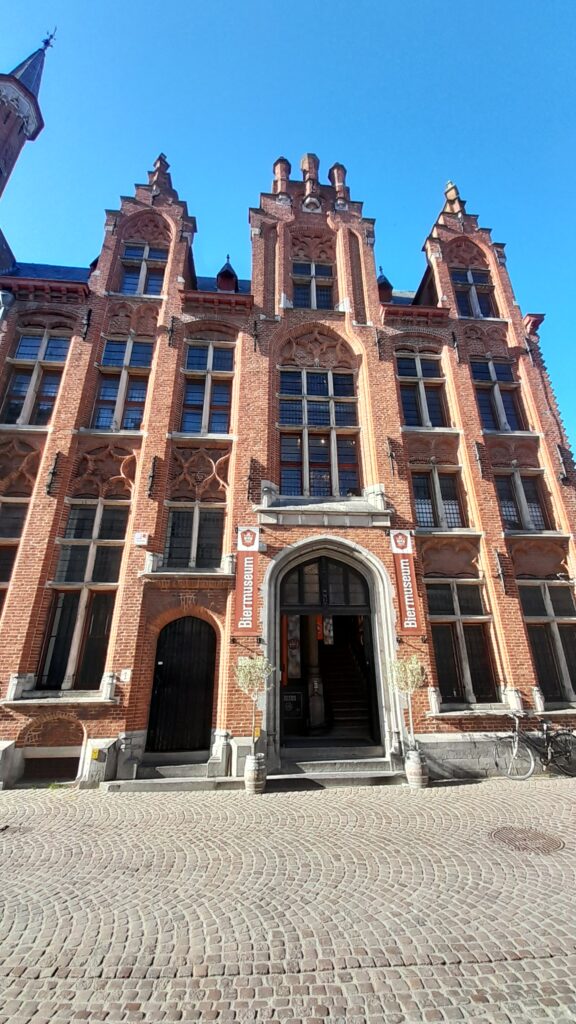

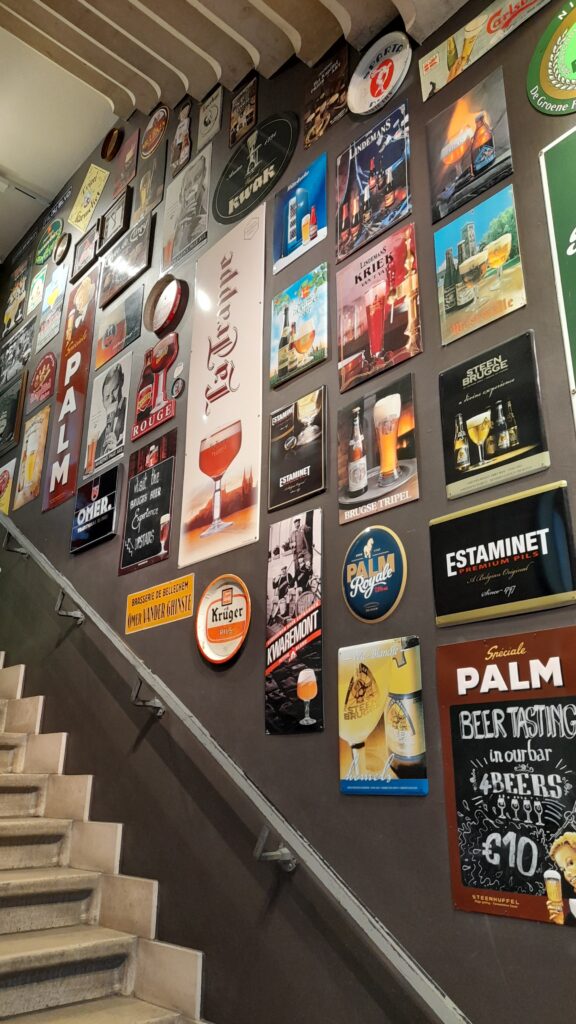

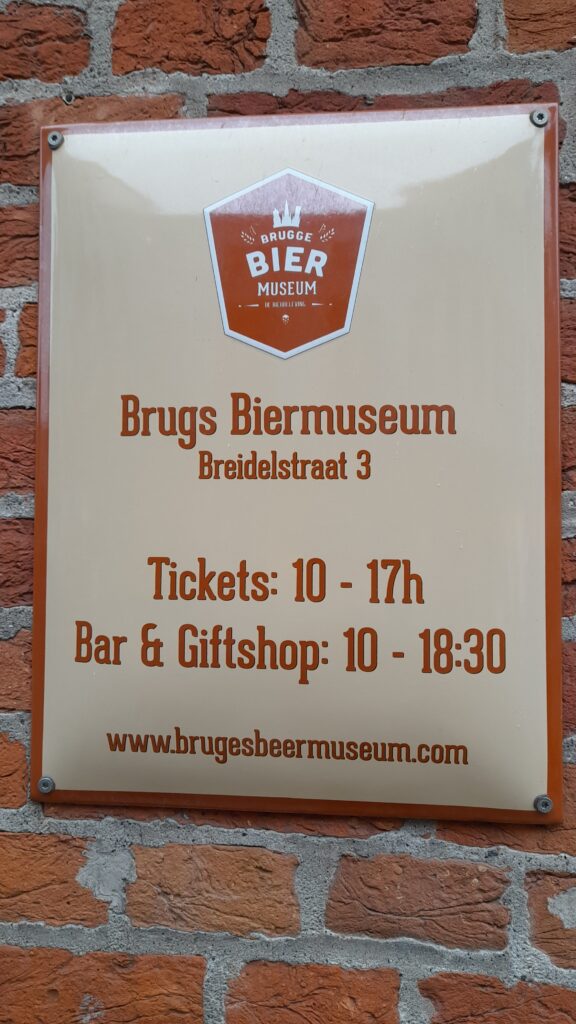

6 Diamond Museum
The Diamond Museum in Bruges, also known as the “Diamantmuseum Brugge” in Dutch, is a museum dedicated to the history, art, and science of diamonds.
Located in the historic city center of Bruges, the Diamond Museum showcases information on the diamond trade, diamond cutting, and polishing techniques, and the various cultural and historical contexts in which diamonds have been used throughout history.
Visitors to the museum can explore exhibits on the history of diamond mining, the various uses of diamonds in art and culture, and the many different types of diamond cuts and settings. They can also view an impressive collection of diamonds and other precious stones, including rare and valuable specimens from around the world.
Location: Katelijnestraat 43
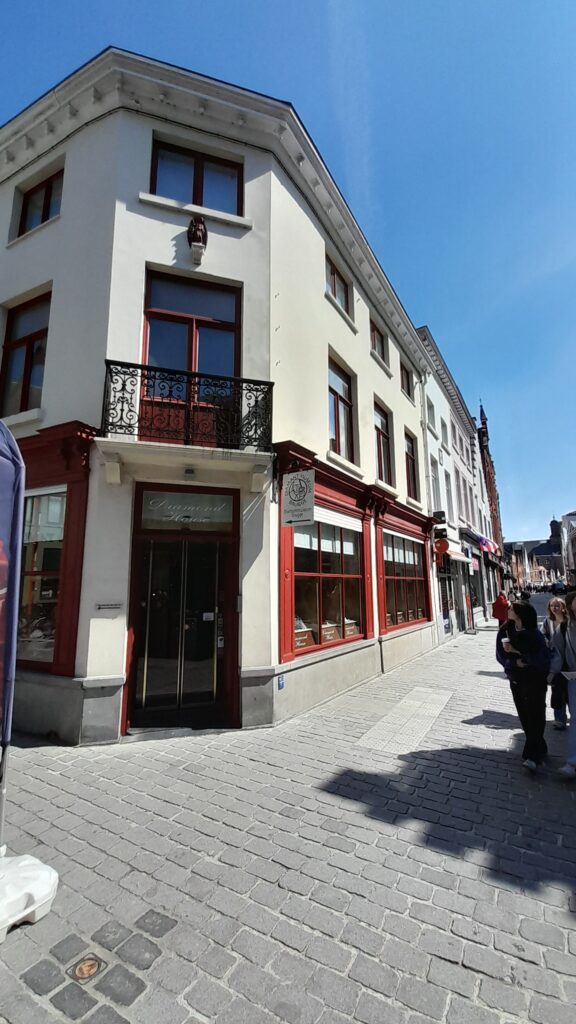

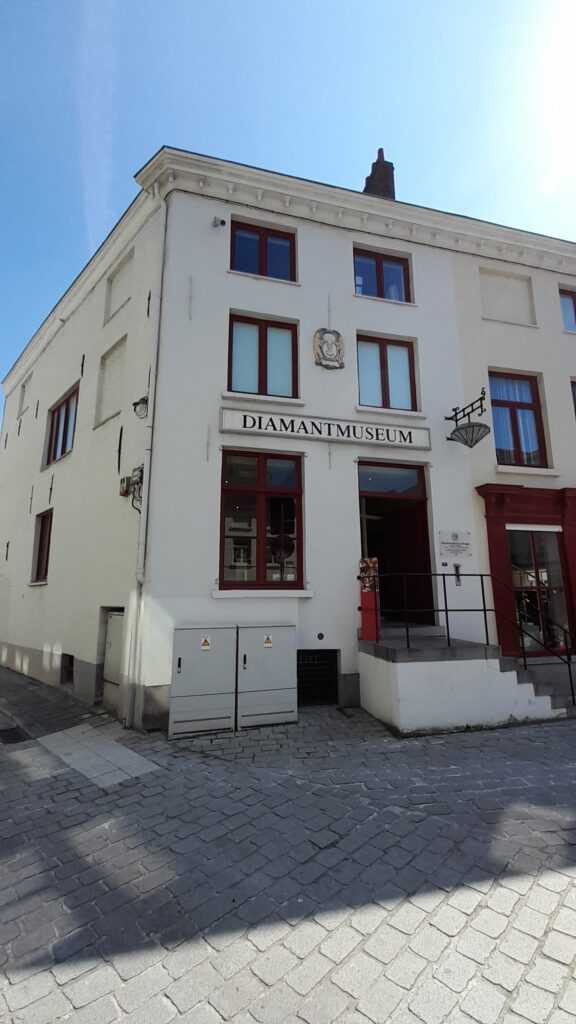

7 Frietmuseum
Yes, there’s even a museum dedicated to fries in Bruges! Learn about the history and culture of Belgium’s favorite snack, and sample some delicious fries while you’re at it. This didactic museum is housed in one of the most beautiful buildings in Bruges: the Saaihalle
Location: Vlamingstraat 33
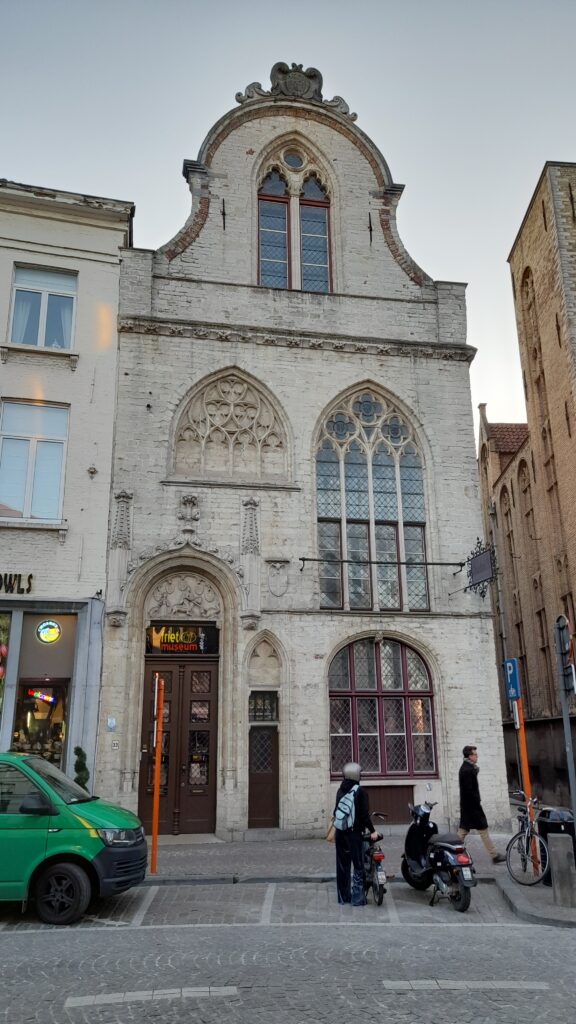

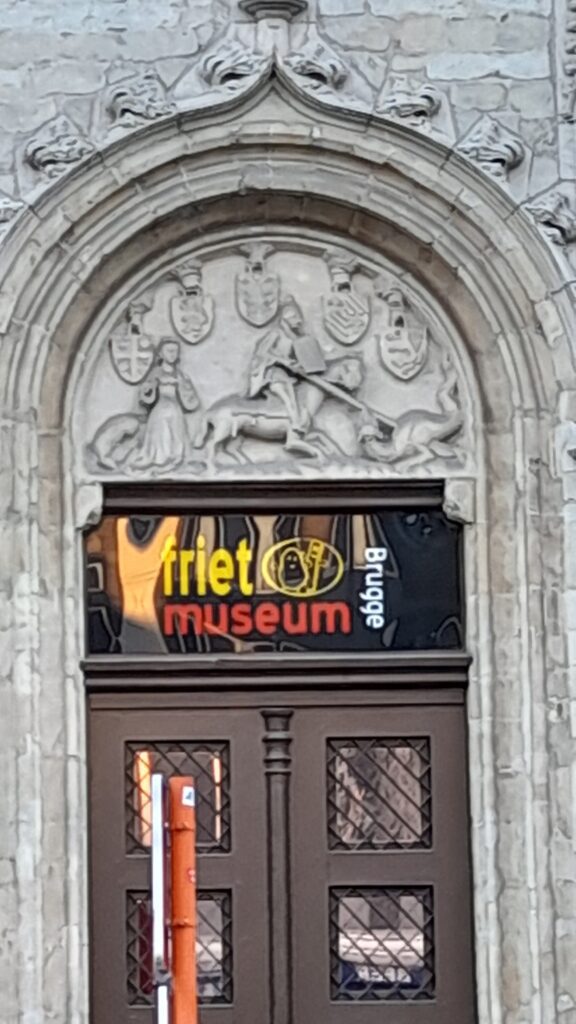

8 O.L.V.-kerk Museum (Museum of the Church of Our Lady)
The O.L.V.-kerk Museum, also known as the Museum of the Church of Our Lady, is a museum located in the Church of Our Lady (Onze-Lieve-Vrouwekerk) in Bruges. The museum is dedicated to preserving and showcasing the church’s impressive collection of religious art and artifacts.
One of the most famous works of art in the museum is Michelangelo’s marble sculpture of the Madonna and Child, which is considered to be one of the most valuable art pieces in Belgium. The sculpture was originally intended for the cathedral in Siena, Italy, but was acquired by a wealthy merchant from Bruges in the 16th century and later donated to the Church of Our Lady.
In addition to the Michelangelo sculpture, the museum also houses a collection of other valuable works of art, including several paintings by Flemish masters such as Jan van Eyck and Hans Memling, as well as a number of impressive tapestries.
Visitors to the museum can also see a collection of liturgical objects, such as chalices, monstrances, and reliquaries, which offer a glimpse into the rich history of the Church of Our Lady and its role in religious life in Bruges.
Overall, the O.L.V.-kerk Museum is a must-see attraction for art lovers and anyone interested in the history and culture of Bruges. With its impressive collection of religious art and artifacts, the museum provides a unique opportunity to explore the rich artistic heritage of this historic city.
Location: Mariastraat
Museum of the Church of Our Lady
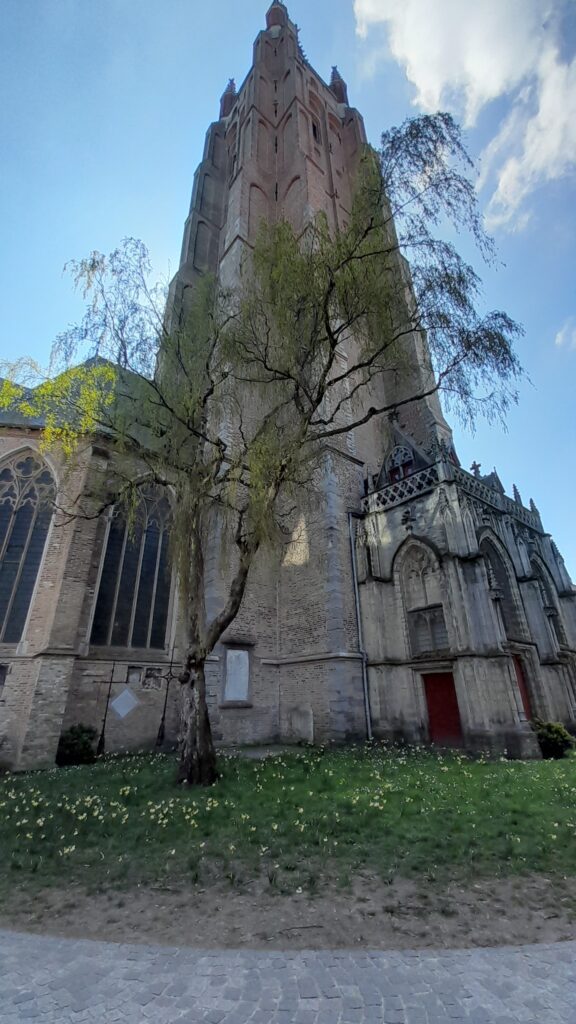

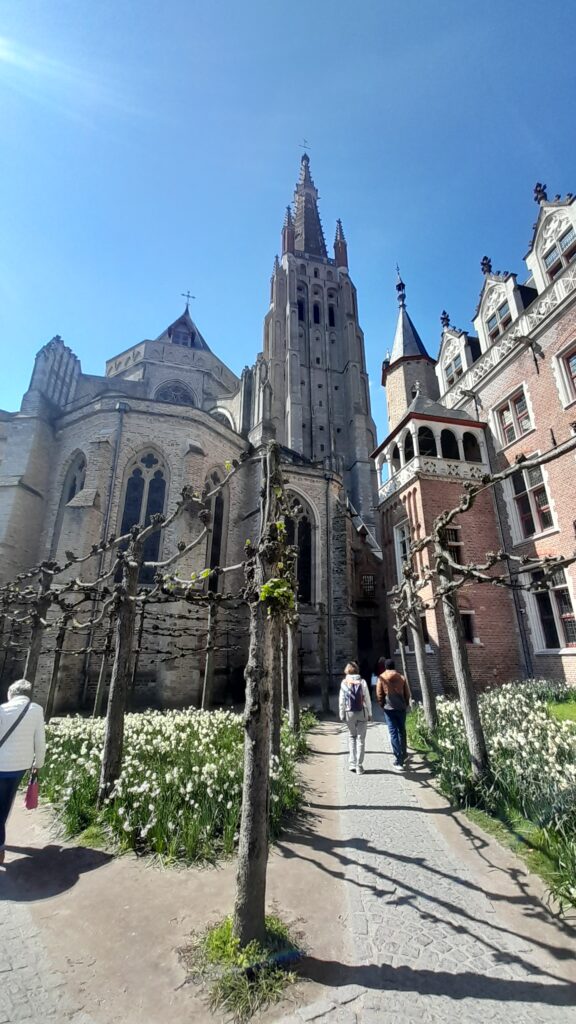

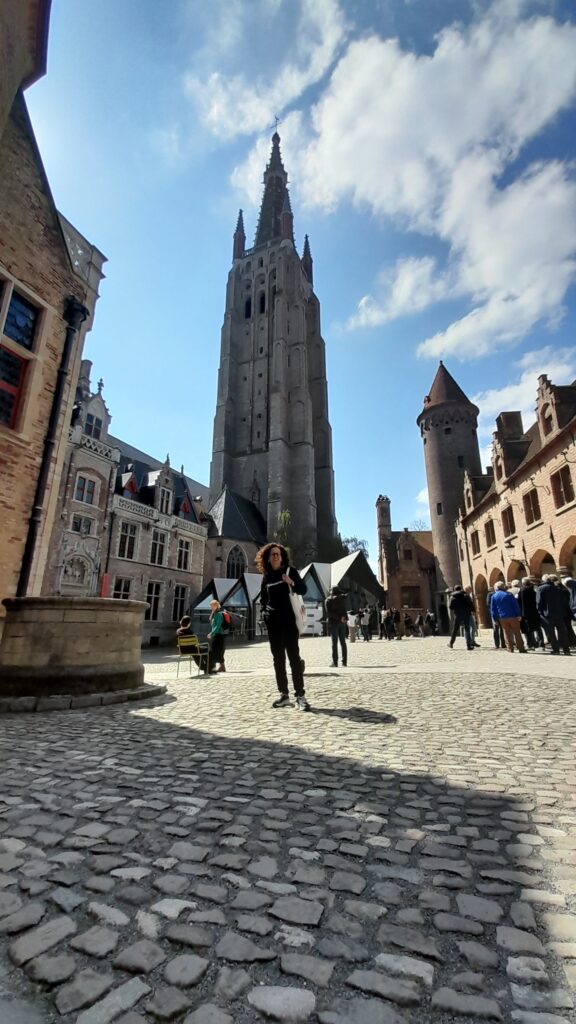

9 Gruuthusemuseum
The Gruuthusemuseum is a museum located in Bruges, that features a collection of decorative arts and household items from the medieval and Renaissance periods. The museum is housed in the former residence of the wealthy Gruuthuse family, which was built in the 15th century.
The Gruuthusemuseum’s collection includes a wide range of items, including tapestries, furniture, ceramics, silverware, and musical instruments. Many of the objects on display were originally used by the Gruuthuse family, providing visitors with a glimpse into the daily life of a wealthy family during the medieval and Renaissance periods.
One of the highlights of the museum is its collection of Flemish tapestries, which are considered to be some of the finest examples of medieval tapestry art in the world. The tapestries depict scenes from biblical stories and mythology, as well as scenes from daily life and historical events.
Visitors to the Gruuthusemuseum can also view the ornate interiors of the Gruuthuse family’s former residence, which feature elaborately decorated ceilings, woodwork, and stonework. The museum offers guided tours and audio guides in multiple languages to help visitors explore the collection and learn more about the history of the Gruuthuse family and their role in the cultural and artistic development of Bruges.
Location: Dijver 17
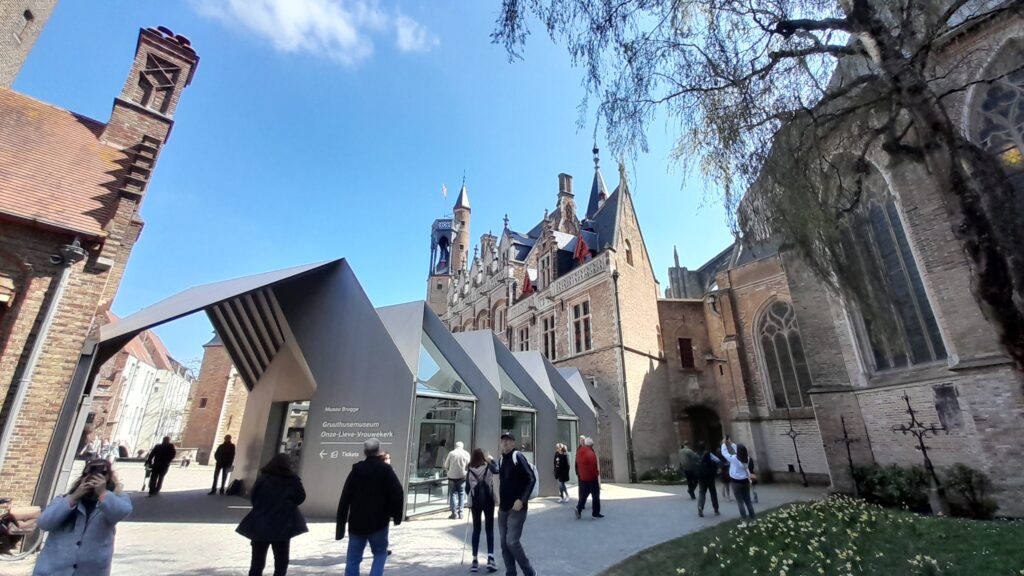

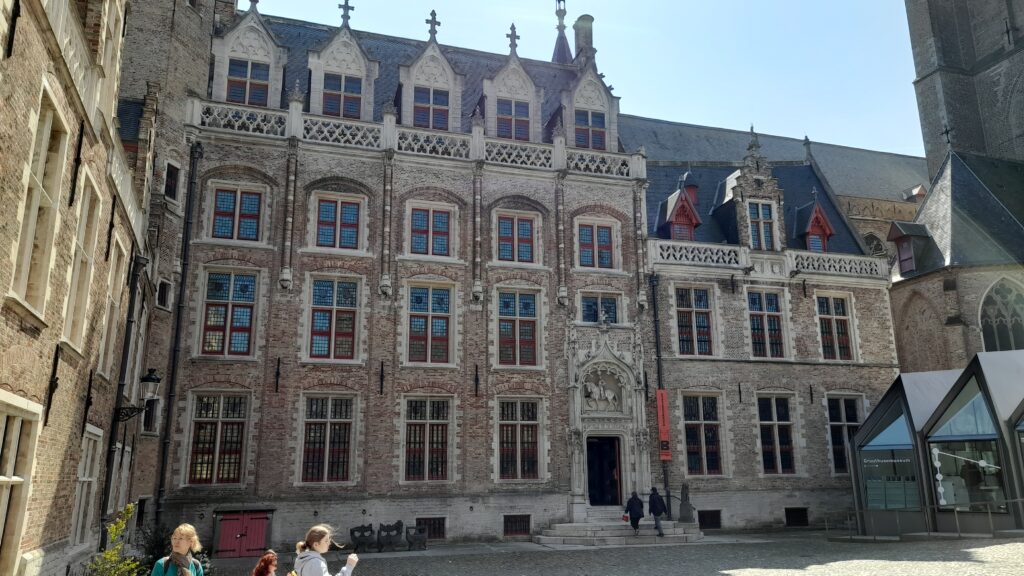

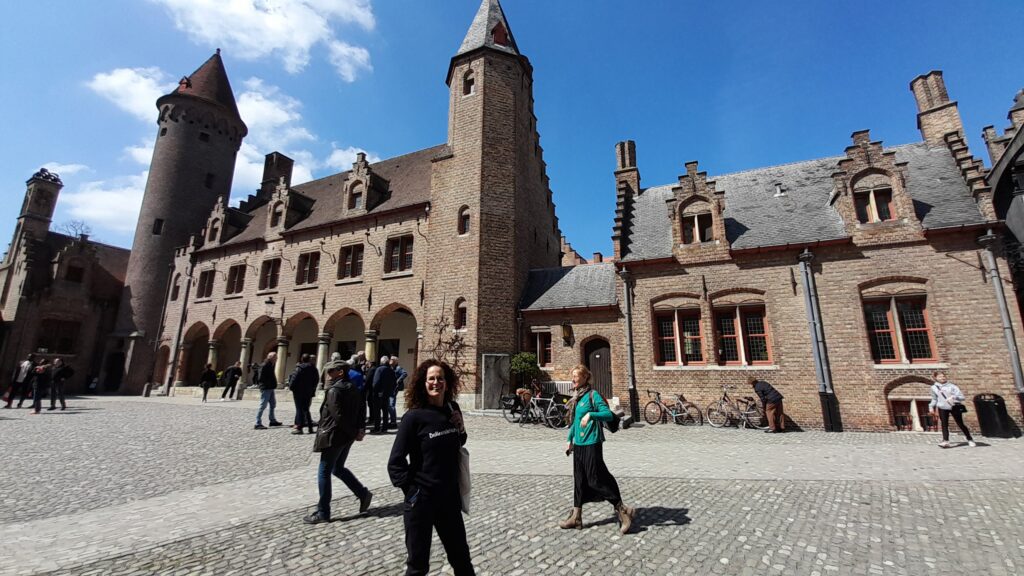

10 Foltermuseum ‘De Oude Steen’ (Torture Museum)
The Foltermuseum ‘De Oude Steen’, also known as the Torture Museum, is a small museum located in the city center of Bruges. The museum is housed in a medieval building that was once used as a courthouse and a prison.
The museum’s collection features a variety of instruments and devices that were historically used for torture and punishment. Visitors to the museum can view exhibits on the history of torture and punishment, as well as the social and cultural contexts in which these practices were used throughout history.
The museum’s exhibits include a wide range of torture devices, including the rack, the iron maiden, the thumb screw, and the guillotine. Visitors can also view displays on various forms of corporal punishment, such as flogging, branding, and mutilation.
While the subject matter of the museum may be disturbing for some visitors, the museum’s exhibits are presented in a manner that is educational and informative, with a focus on the historical context and cultural significance of the practices on display. The museum is not recommended for children or those who are sensitive to graphic depictions of violence or torture.
Location: Wollestraat 29
11 City Hall Museum
The City Hall Museum in Bruges is a museum housed in the historic city hall building, which dates back to the 14th century. The museum features a collection of artworks and artifacts related to the history and culture of Bruges, as well as the building’s role in the city’s political and administrative history.
The City Hall Museum’s collection includes a wide range of artworks, including paintings, sculptures, and tapestries, as well as decorative objects such as furniture, ceramics, and silverware. Many of the objects on display were created by local artists and craftsmen, providing visitors with a glimpse into the artistic and cultural heritage of Bruges.
One of the highlights of the museum is the Gothic Hall, a grand room with a high vaulted ceiling that was originally used for meetings of the city council. The hall is decorated with elaborate carvings and paintings, and visitors can view an exhibition on the history and significance of the building and its role in the political and administrative life of Bruges.
The Arentshuis Museum offers visitors a chance to see Brangwyn’s impressive body of work up close, as well as learn about his life and artistic process. The museum also hosts workshops and other events that allow visitors to engage with Flemish art and culture in a hands-on way.
The museum also features exhibits on the history of Bruges as a trading and commercial center, as well as displays on the city’s religious and cultural traditions. Guided tours and audio guides in multiple languages are available to help visitors explore the collection and learn more about the history and culture of Bruges.
Location: Burg 12
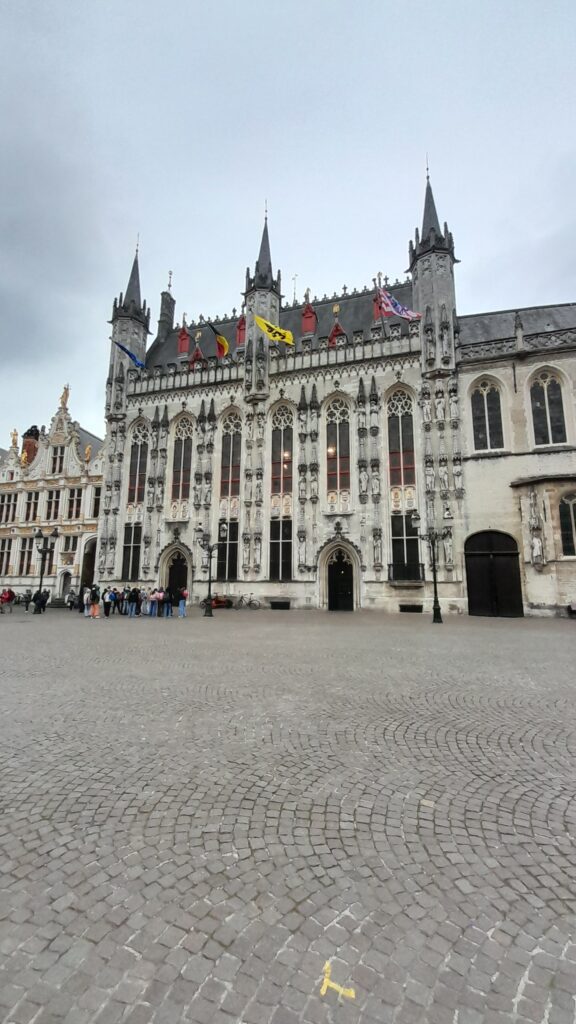

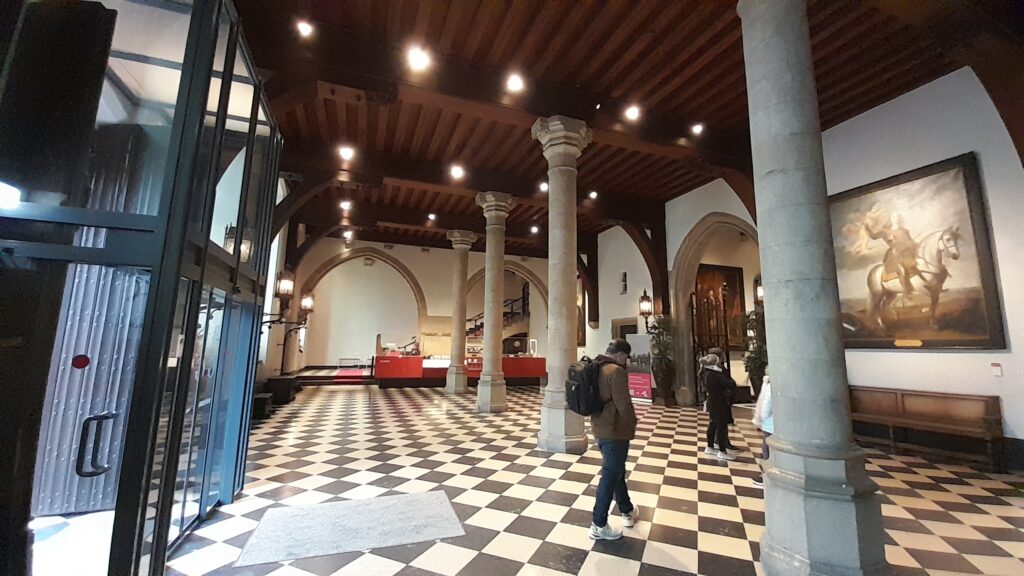

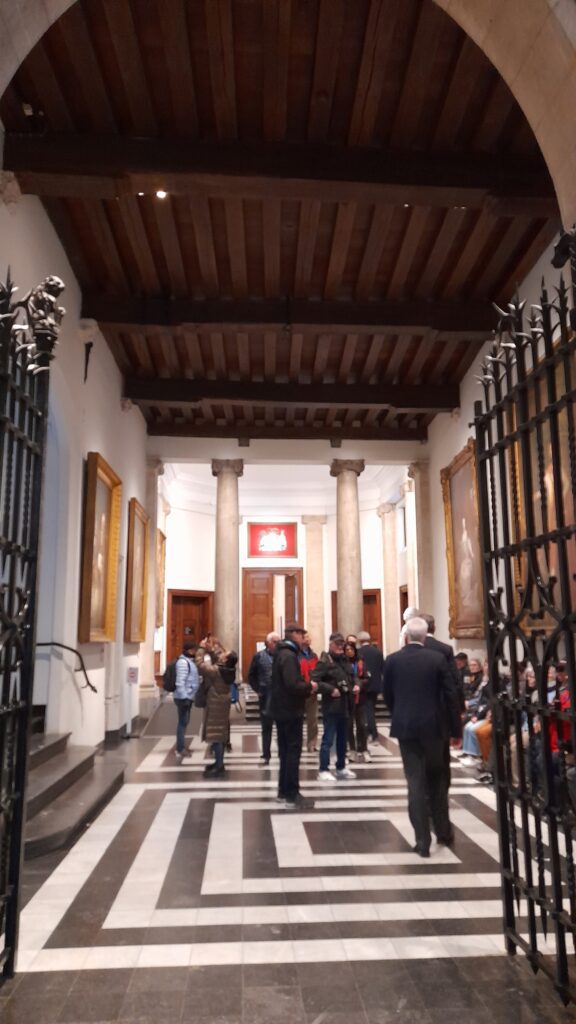

12 Sint-Janshuismolen (Sint-Janshuis Mill)
The Sint-Janshuismolen, also known as the Sint-Janshuis Mill, is a historic windmill located in Bruges. The mill was built in the late 18th century and is one of four remaining windmills in the city.
The Sint-Janshuismolen was originally used to grind grain into flour, but it fell into disuse in the early 20th century and was eventually restored and converted into a museum. Today, visitors to the mill can explore exhibits on the history of windmills in Bruges and the process of grinding grain into flour.
Visitors can also climb to the top of the mill, where they can view the interior workings of the mill and enjoy panoramic views of the surrounding city. The mill is still functional and is occasionally used to grind grain into flour for use in local bakeries and restaurants.
The Sint-Janshuismolen is located in the heart of the historic city center of Bruges, making it a popular destination for tourists interested in the city’s rich cultural and architectural heritage. Guided tours are available for visitors who want to learn more about the history and operation of the mill.
Location: Kruisvest
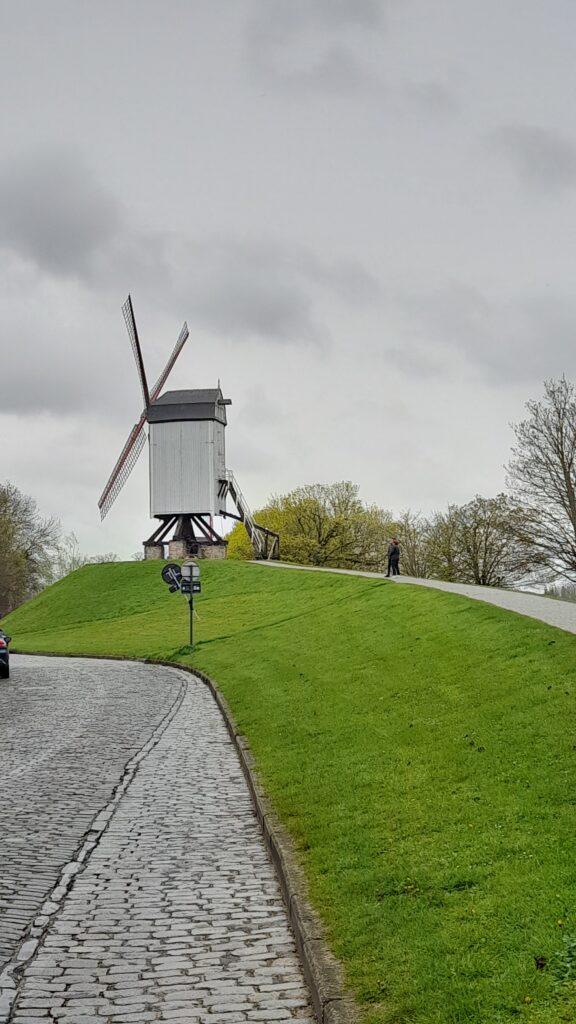

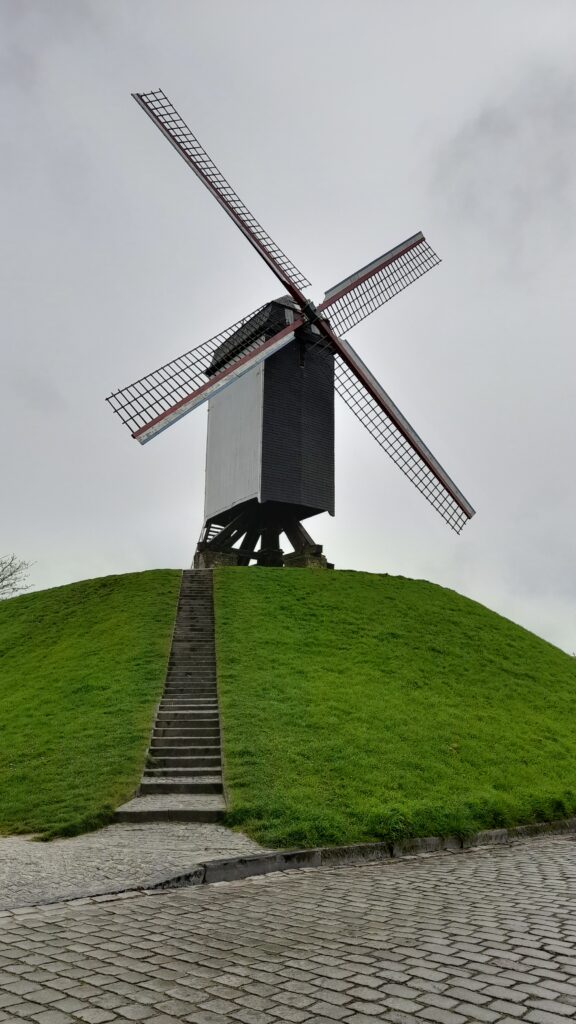

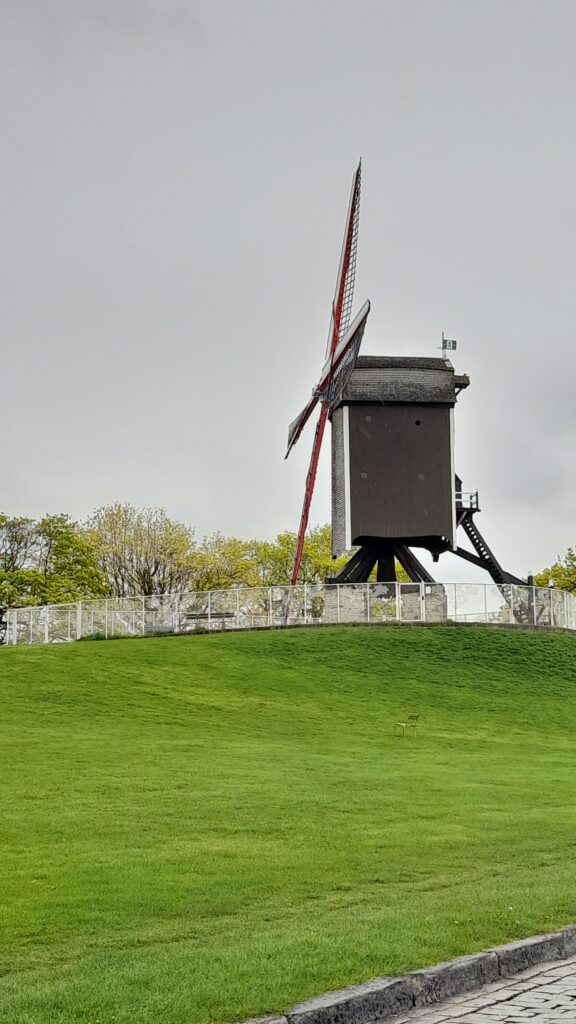

13 Salvador Dali Exhibition
This museum features a collection of works by the famous Spanish surrealist artist, including sculptures, paintings, and lithographs.
While there is no permanent Salvador Dali Museum in Bruges, there have been temporary Salvador Dali exhibitions held in the city in the past. These exhibitions typically feature a selection of Dali’s works, including paintings, sculptures, and other art objects.
Location: Markt 7 on the left side of Belfort.
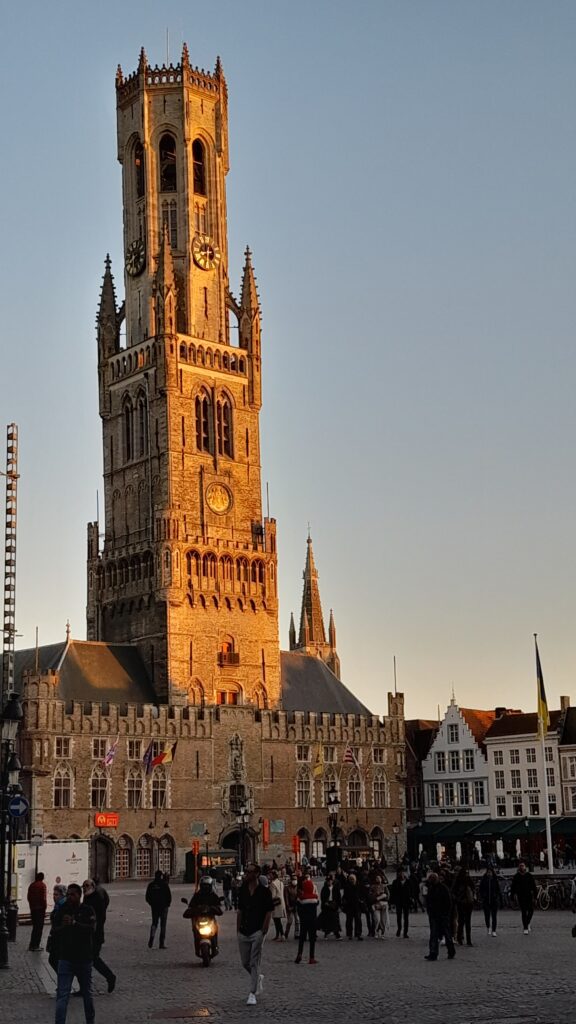

14 Musea Sculpta
The Musea Sculpta is a museum that is dedicated to sculpture and is located in the historic city center of Bruges. The museum houses a collection of more than 700 sculptures, mainly from the late Gothic and Baroque periods. The collection includes works by famous artists such as Michelangelo, Rodin, and Maillol, as well as local artists from Bruges and the surrounding region.
In addition to the permanent collection, the museum also hosts temporary exhibitions that explore various themes related to sculpture, such as the use of materials, the role of sculpture in society, and the relationship between sculpture and other art forms.
The Musea Sculpta is housed in a beautiful building that was originally built in the 17th century as a convent for the Sisters of the Immaculate Conception. The building has been carefully restored and renovated to provide a modern, spacious, and light-filled environment for the museum’s collection.
If you are interested in sculpture and art history, the Musea Sculpta is definitely worth a visit if you find yourself in Bruges.
Location: Mariastraat 10
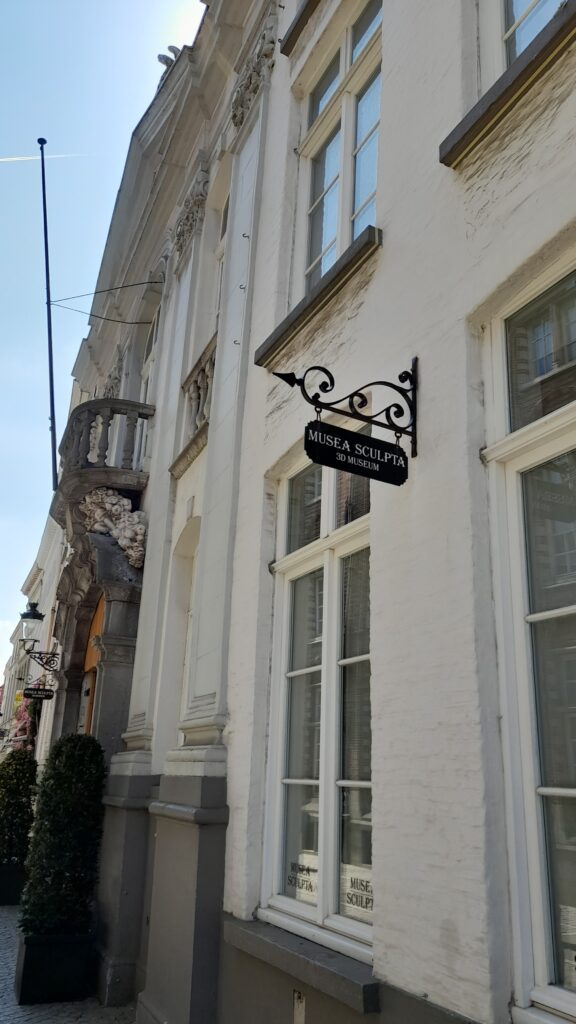

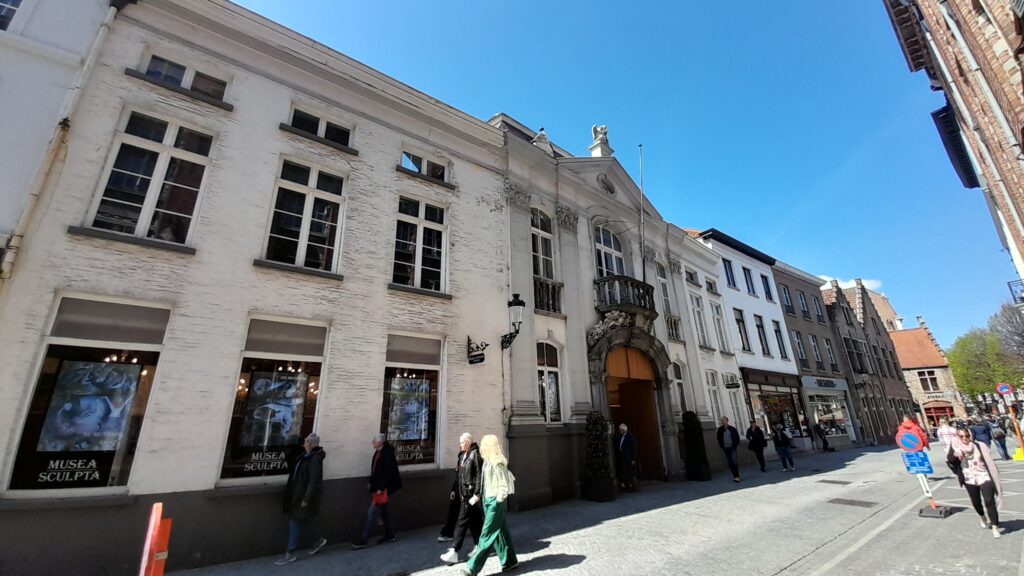

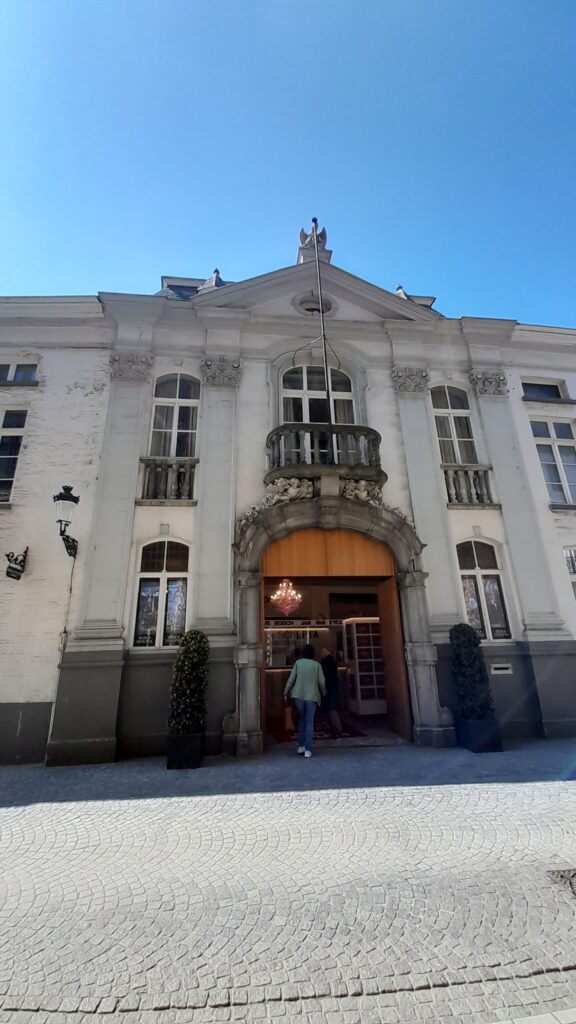

15 Arentshouse museum
The Arentshuis Museum is a cultural attraction in Bruges that is dedicated to showcasing the works of the Flemish painter Frank Brangwyn. Housed in a historic 18th-century mansion, the museum features a collection of paintings, drawings, and prints by Brangwyn, as well as temporary exhibitions that explore various aspects of Flemish art and culture.
Frank Brangwyn was a prolific artist who lived and worked in the late 19th and early 20th centuries. He was known for his large-scale murals, which can be found in public buildings and churches throughout Europe and the United States. In addition to his painting and drawing, Brangwyn was also an accomplished designer, creating everything from furniture and stained glass to tapestries and posters.
House Arents is closed as a museum as of 17 April 2023. Salon Arents, on the ground floor of House Arents, will continue to host interesting activities and events
Location: Dijver 16
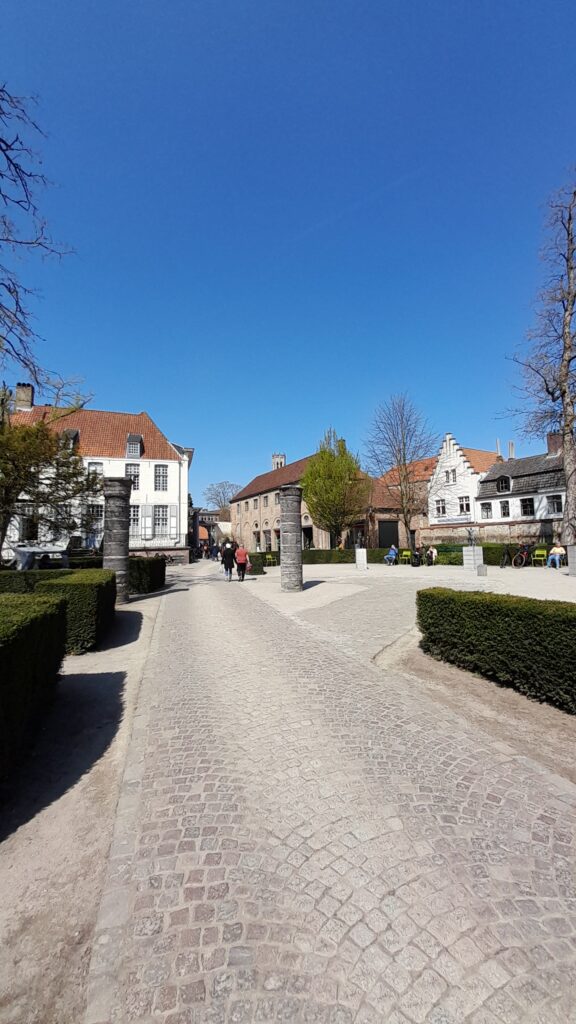

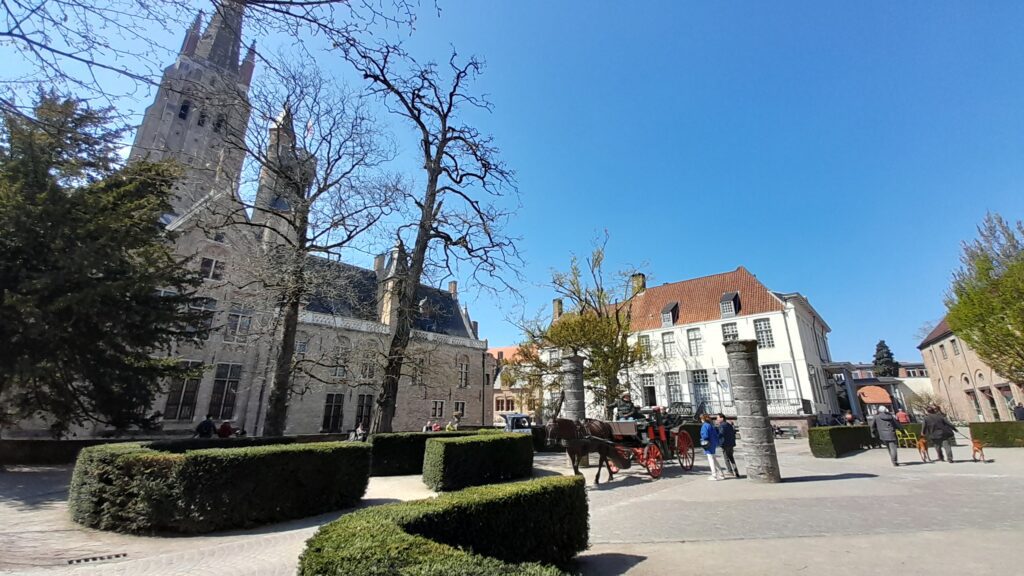

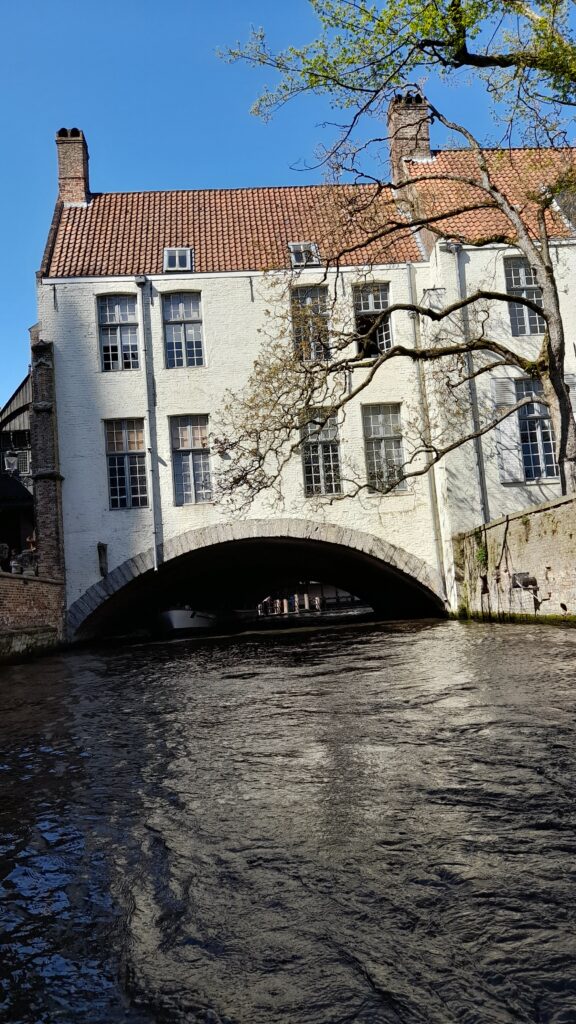

People also read:
Book a guided tour
More usefull information and links
Get more out of your visit by searching and exploring the following information and website links
- Belfry of Bruges (Belfort)
- Grand Place (Grote Markt)
- Bruges Canal Boat Tours
- Markt Square (Markt)
- Church of Our Lady (Onze-Lieve-Vrouwekerk)
- Bruges City Hall (Stadhuis)
- Groeningemuseum
- Burg Square (Burg)
- The Beguinage (Begijnhof)
- Bruges Museum – Historium
- Choco-Story Bruges
- The Frietmuseum
- The Medieval Torture Museum
- Bruges Windmills
- Sint-Salvators Cathedral
- The Belgian Beer Museum
- Minnewater Lake (Lake of Love)
- Arentshuis Museum
- Diamantmuseum Bruges
- Brouwerij De Halve Maan (Half Moon Brewery)
- Torture Museum
- Bruges Art Museum
- Museum of the Holy Blood (Heilig-Bloedbasiliek)
- Ezelpoort (Donkey Gate)
- Hansa Brewery
- Loppem Castle (Kasteel Loppem)
- Historium Bruges
- Bruges Diamond Museum
- Kruispoort (Cross Gate)
- Museum of Musical Instruments
These additional links provide more options for exploring Bruges and experiencing its rich cultural and historical offerings.
FAQ
written by Johnny
This article may contain affiliate links. This means that we receive a small commission when you book something via these links. Of course, this does not cost you anything extra. Did our tips help you? We would love it if you book your trip via the links in the article above. Thank you so much
Read more articles on my Bruges page.